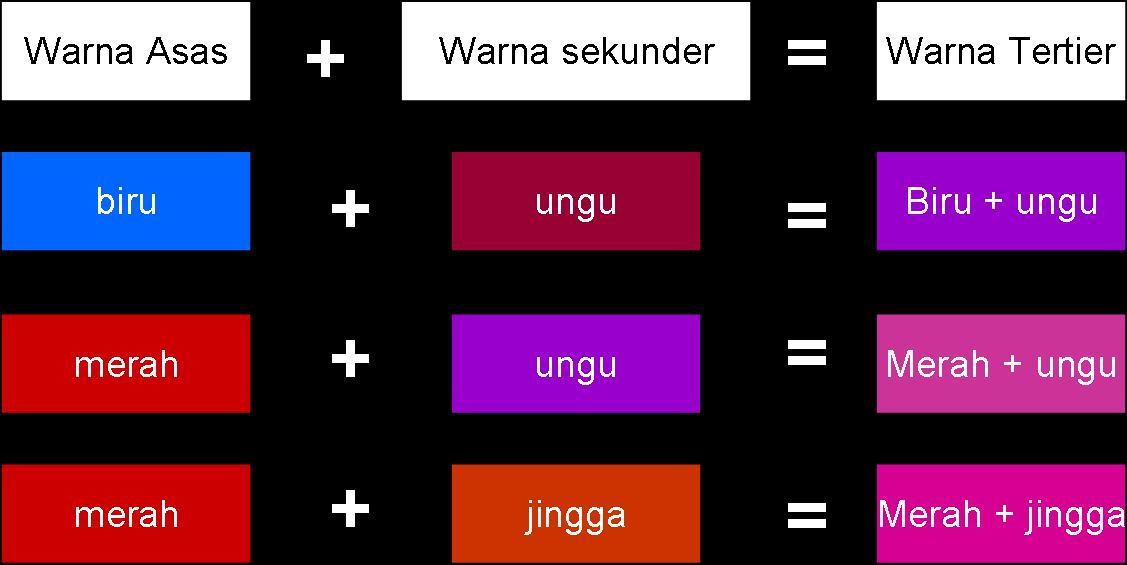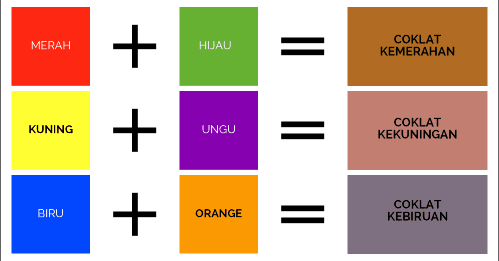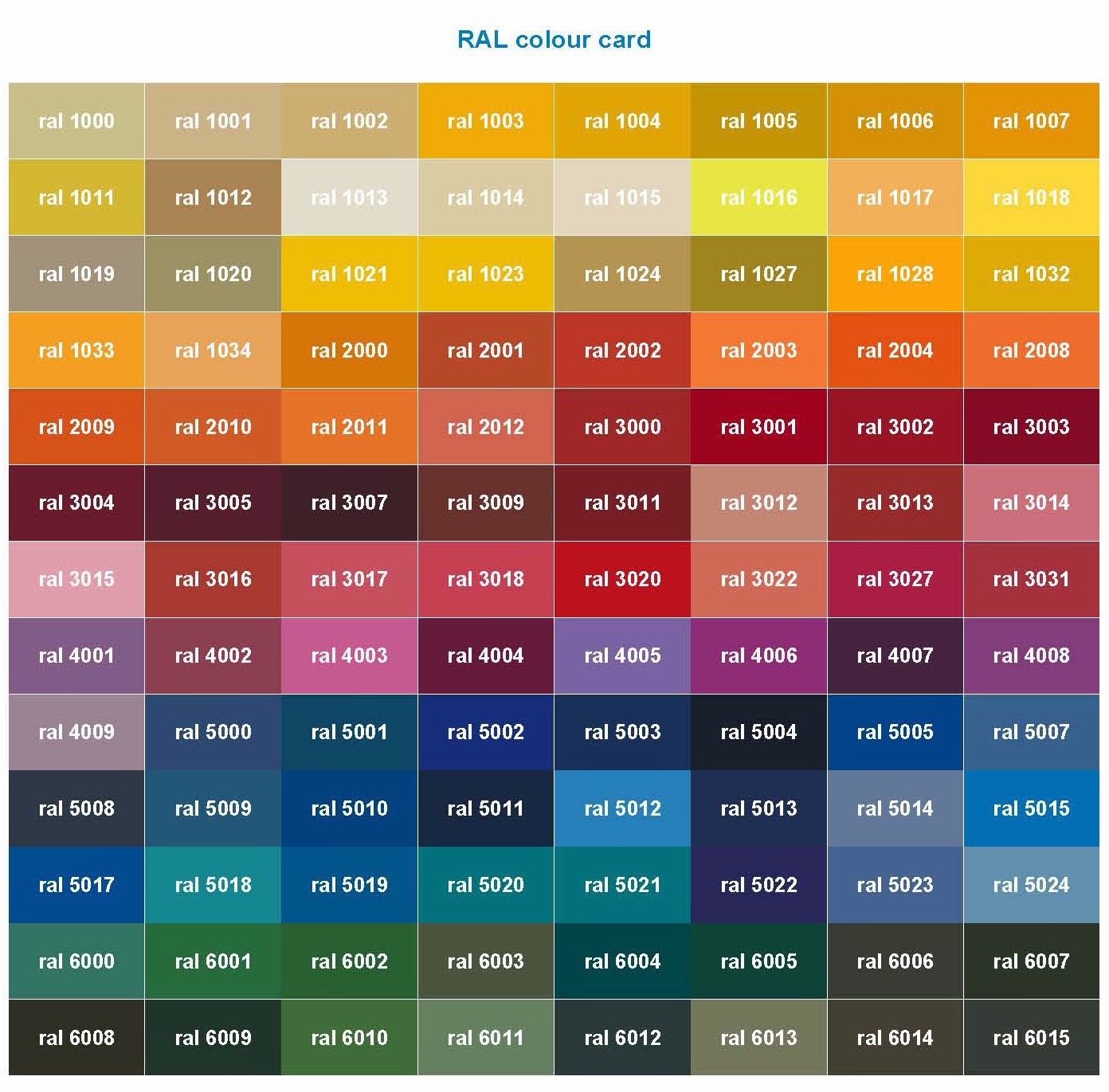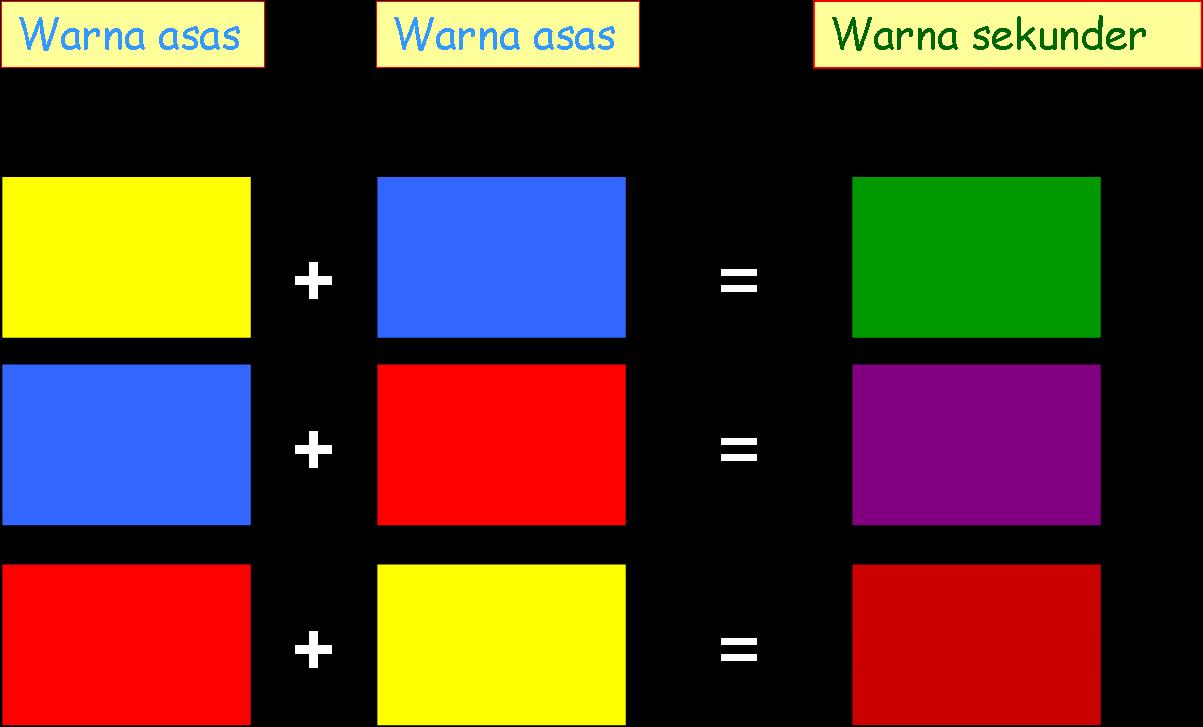Decoding the Mystery of Red and Blue Combined
What happens when the fiery passion of red meets the calming serenity of blue? This isn't just a simple art class question, it's a fundamental exploration of color theory that has implications far beyond the canvas. The combination of these two primary colors unlocks a world of possibilities, sparking creativity and understanding across art, design, and even our perception of the world.
The merging of red and blue is a foundational concept in color theory. Understanding this basic combination opens up a gateway to understanding how colors interact, how they create new hues, and how these hues evoke emotions and convey messages. This seemingly simple mix has a rich history, entwined with the development of art, dyes, and pigments, influencing how we express ourselves visually.
The question “what color do red and blue make?” might seem elementary, but the answer has far-reaching consequences. From the earliest cave paintings to modern digital art, the blending of red and blue has played a crucial role in artistic expression. This blend allows artists to create depth, shadow, and a wide range of emotional tones in their work. It’s the backbone of understanding color relationships and achieving balance in visual compositions.
Understanding the product of red and blue is crucial for anyone working with color, from painters and graphic designers to web developers and interior decorators. The principles behind this color combination inform decisions about branding, aesthetics, and even the psychological impact of color in various environments. It’s a fundamental building block in a world increasingly saturated with visual information.
This exploration goes beyond a simple answer. We’ll delve into the historical context of these pigments, the scientific principles behind their interaction, and the practical applications of their combination in various fields. We'll also consider the cultural significance attached to the resulting color, exploring its symbolism and meaning across different societies.
The combination of red and blue creates purple. The exact shade of purple depends on the proportions of red and blue used, as well as the specific pigments or dyes involved. More red results in a warmer, reddish-purple, while more blue creates a cooler, bluer-purple. The purity and intensity of the original colors also play a role. Mixing pure, vibrant red and blue will yield a more vibrant purple than mixing duller shades.
Historically, creating purple dyes was a complex and expensive process, often reserved for royalty and religious figures. This contributed to the association of purple with luxury, power, and spirituality. The discovery of synthetic dyes in the 19th century made purple more accessible, democratizing its use in fashion and everyday objects.
The cultural significance of purple varies across different societies. In some cultures, it symbolizes royalty, wisdom, and creativity, while in others it represents mourning or penitence. Understanding these cultural nuances is essential in fields like marketing and design, where color choices can have a significant impact on audience perception.
Benefits of understanding color mixing include improved artistic skills, better design choices, and a deeper appreciation for the visual world.
Advantages and Disadvantages of Using Purple
| Advantages | Disadvantages |
|---|---|
| Evokes a sense of luxury and sophistication | Can be perceived as overly dramatic or melancholic in some contexts |
| Adds depth and richness to visual compositions | Can be difficult to harmonize with other colors if not used carefully |
| Represents creativity and imagination | Overuse can appear overwhelming or gaudy |
Mixing red and blue to create purple offers artists a wide range of creative possibilities. It allows for subtle shading, vibrant contrasts, and the creation of complex moods and atmospheres. Understanding the interplay of these colors enhances artistic control and expression.
When combining red and blue pigments, start with a small amount of each color and gradually add more until you achieve the desired shade of purple. Experiment with different ratios to explore the spectrum of purples that can be created. Always mix the colors thoroughly to ensure an even distribution.
Frequently Asked Questions:
What two colors make purple? Red and blue.
What is the history of purple dye? Historically expensive and associated with royalty.
What does purple symbolize? Often associated with luxury, wisdom, and creativity.
What are the different shades of purple? Lavender, violet, amethyst, and more.
How do you make a lighter purple? Add white to the mixture of red and blue.
How do you make a darker purple? Add black or a darker shade of blue to the mixture.
What are complementary colors to purple? Yellow and green.
Can you mix red and blue digitally? Yes, digital color mixing follows similar principles.A simple tip for mixing red and blue is to always start with the lighter color and gradually add the darker color. This gives you more control over the final shade and prevents you from accidentally creating a color that is too dark.
In conclusion, the combination of red and blue to create purple is a fundamental principle of color theory with a rich history and wide-ranging applications. From the earliest artistic expressions to modern design practices, understanding this color interaction is essential for anyone working with visuals. By exploring the nuances of color mixing, we gain a deeper appreciation for the power of color to evoke emotions, convey messages, and shape our perception of the world. Whether you're an artist, designer, or simply curious about the world around you, delving into the world of color mixing opens a door to a richer, more vibrant understanding of the visual landscape. Experiment with different shades of red and blue, explore the variety of purples you can create, and unlock the creative potential of this fundamental color combination. This knowledge empowers you to make informed decisions about color in various contexts, from choosing the right paint for your walls to designing compelling visuals for a website. Embrace the power of color, and let your creativity flow.
Embracing change a look at the day the rain came
Understanding autism symptoms in adults
Anime youtube channel art level up your channel










.jpg)
